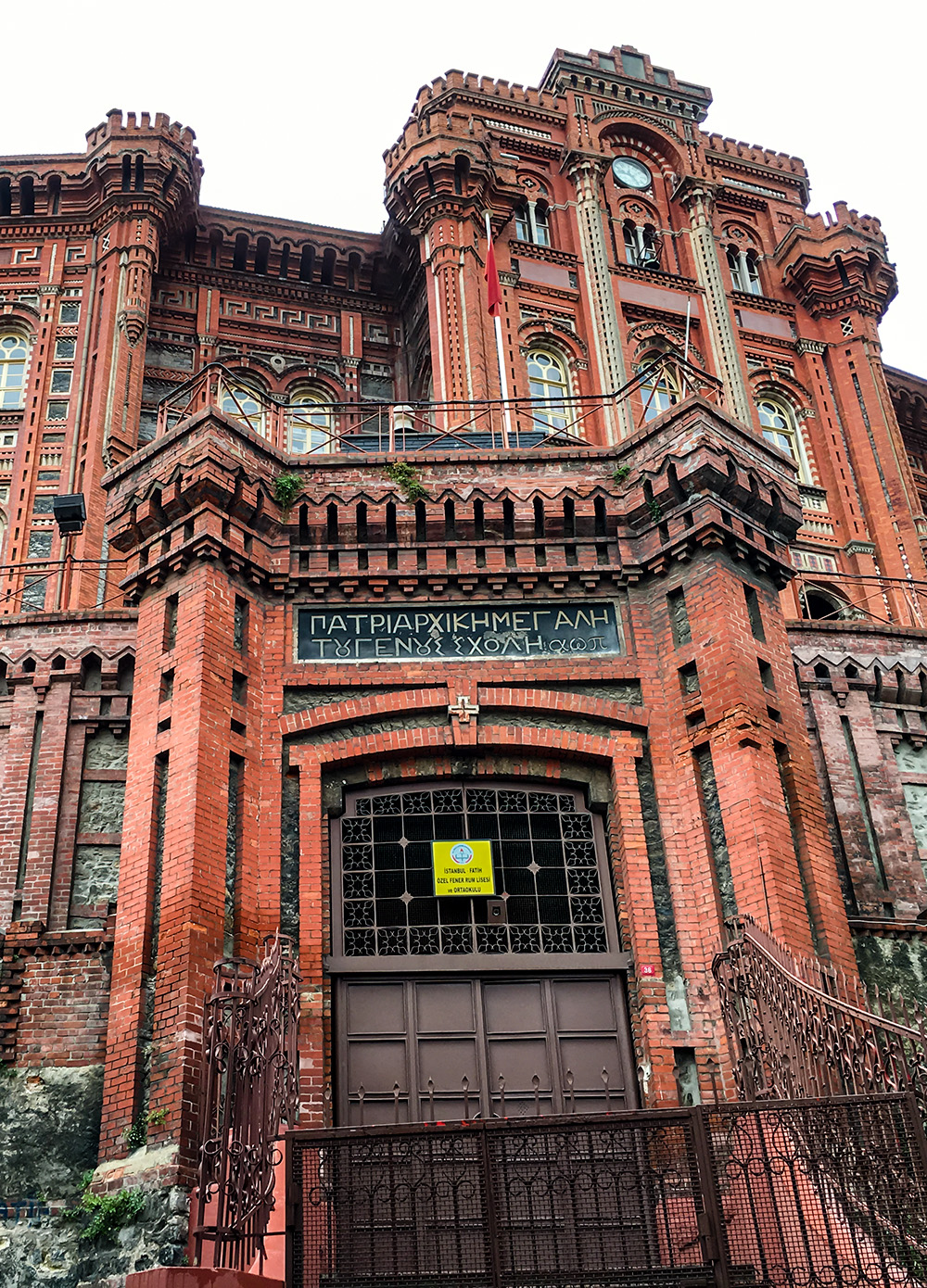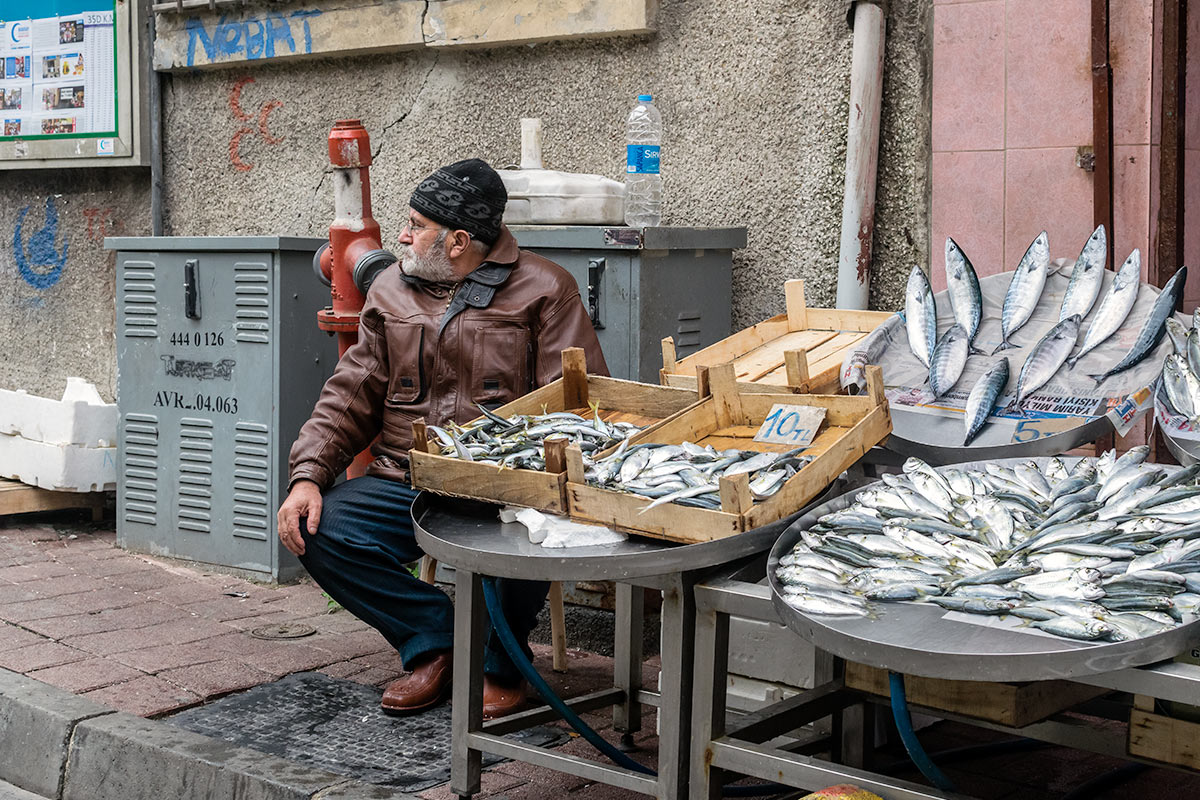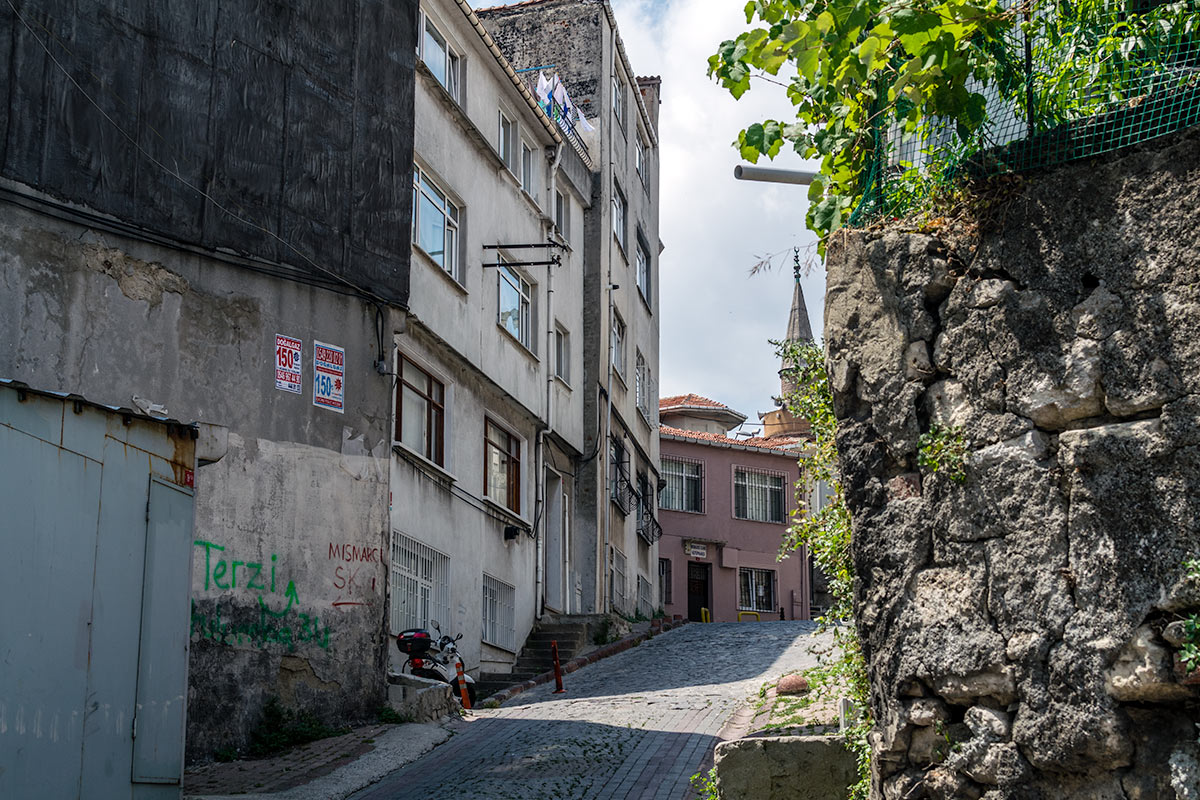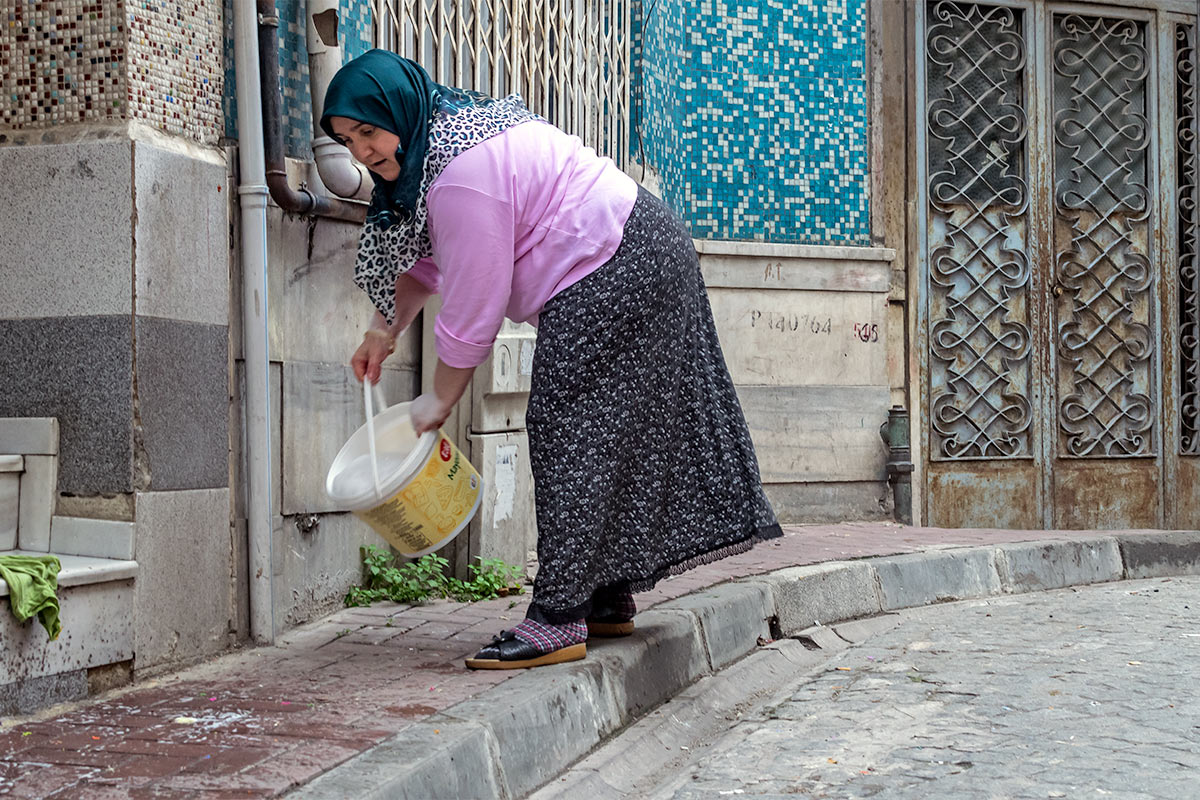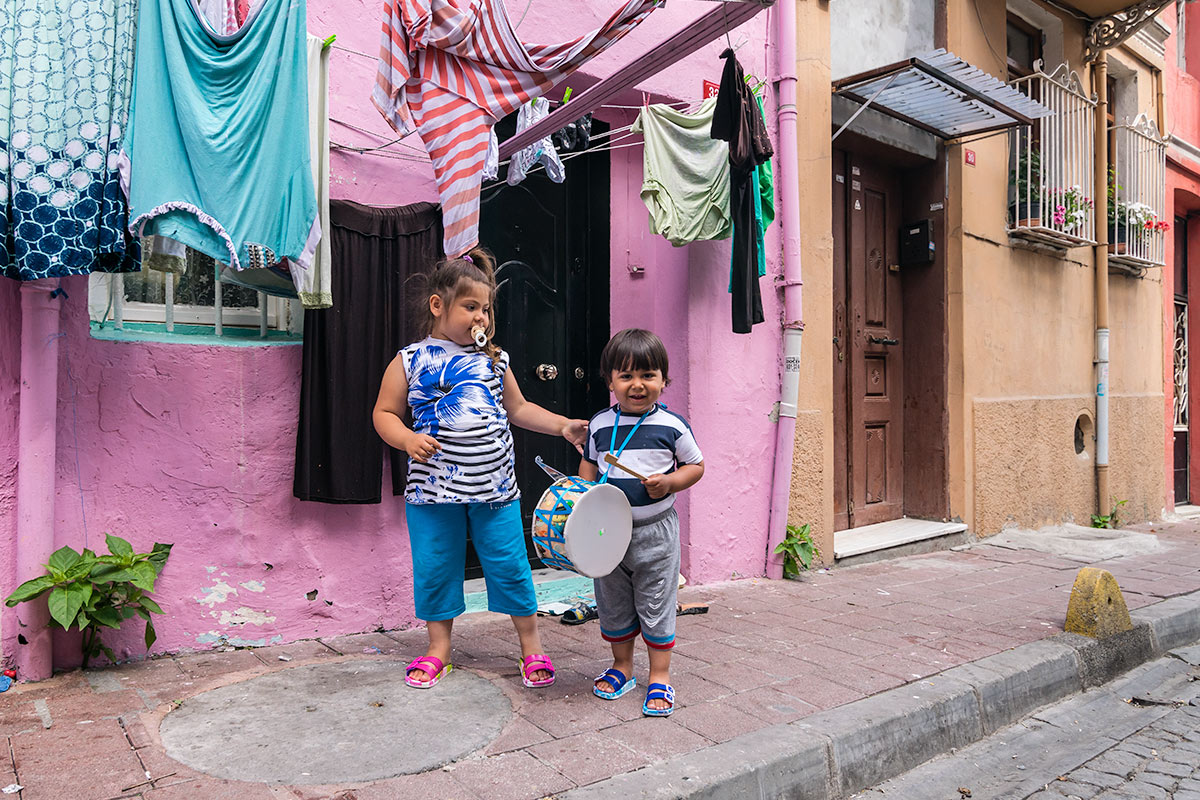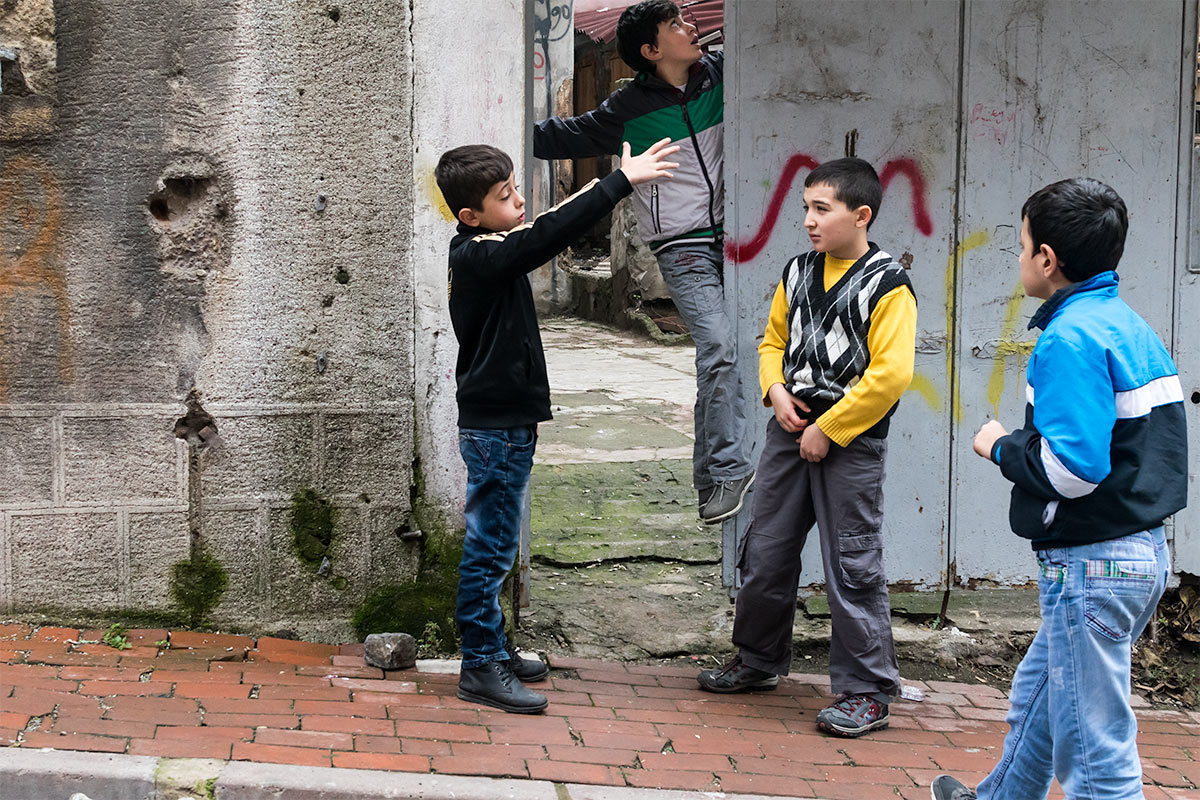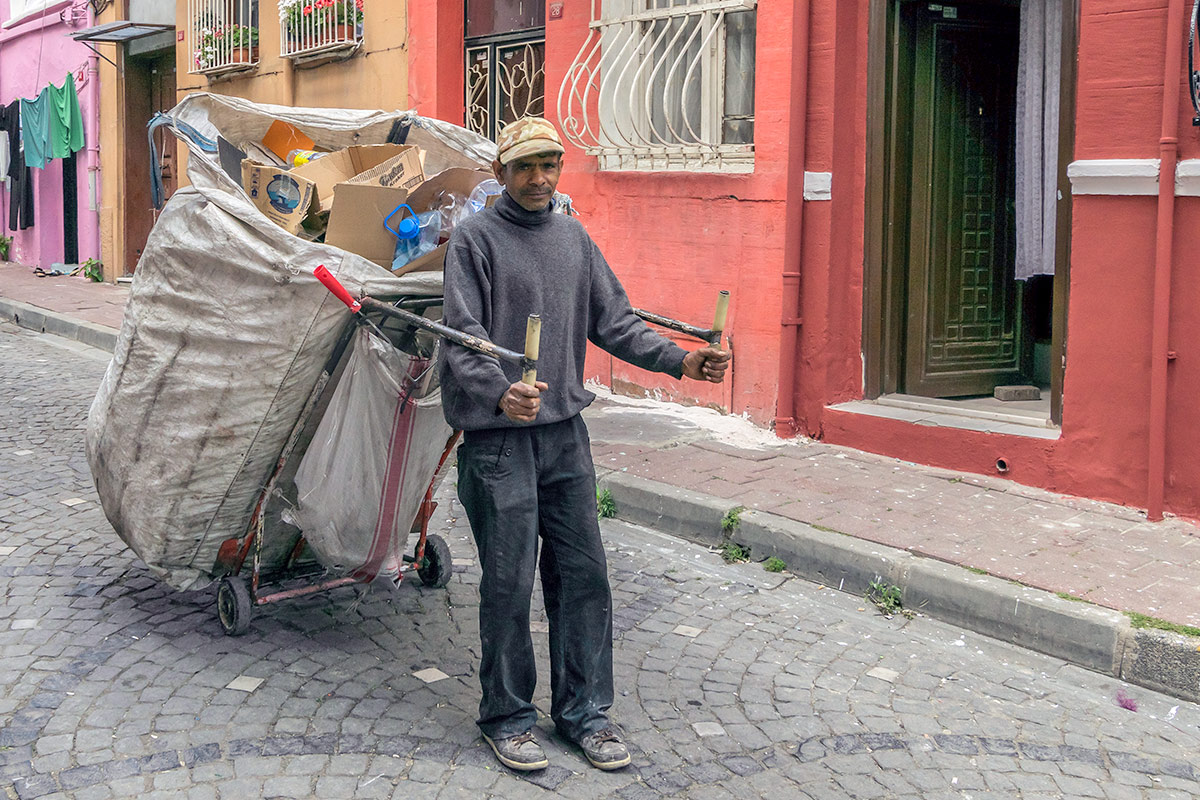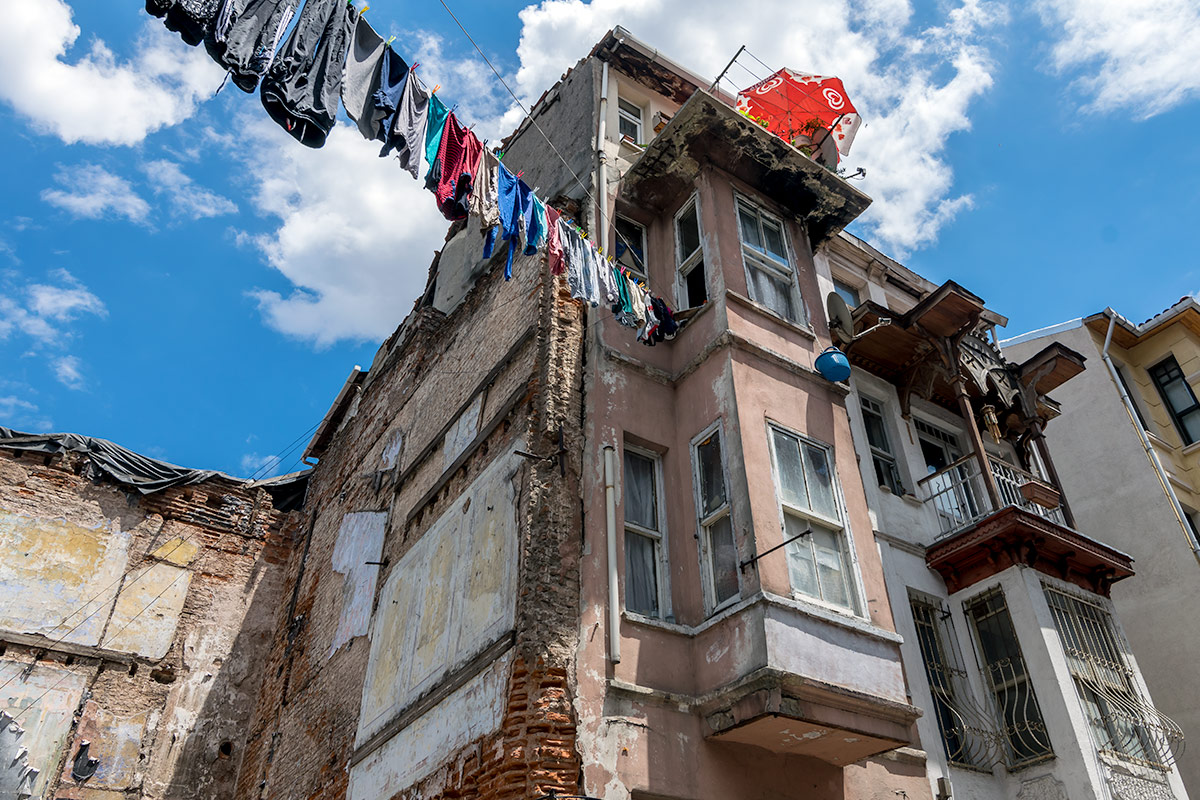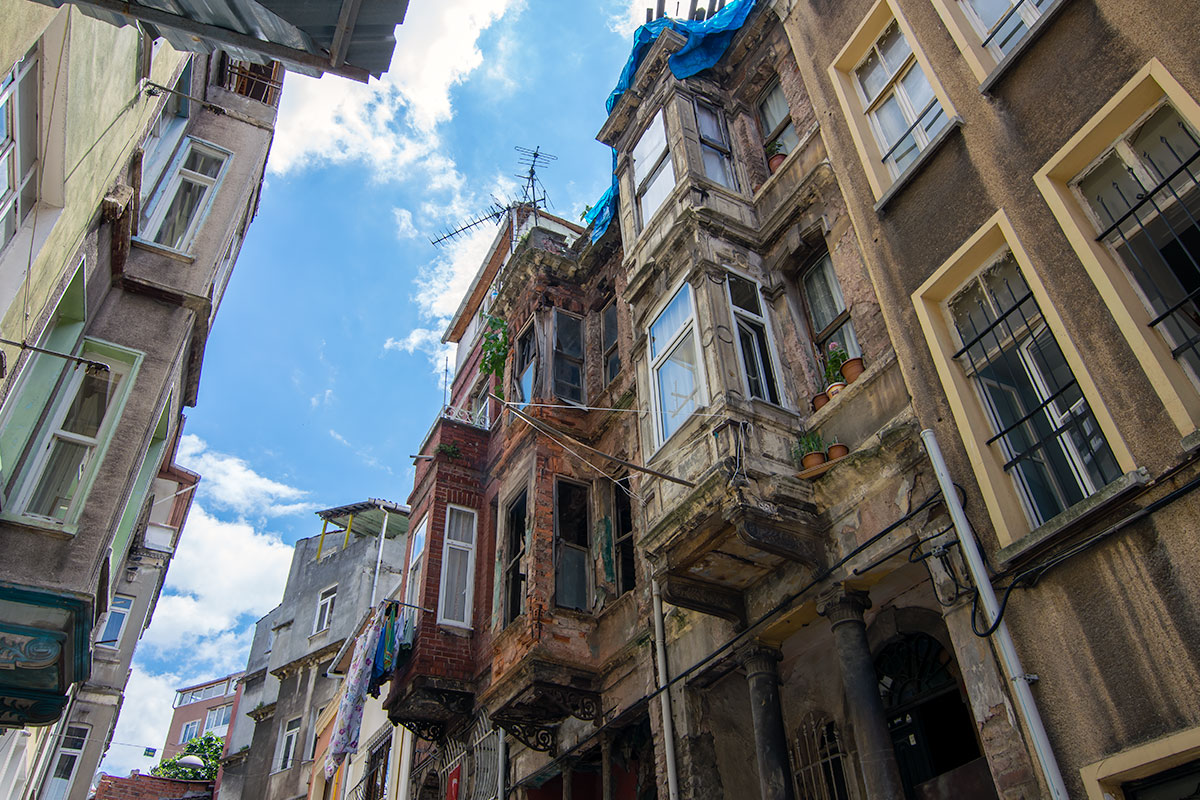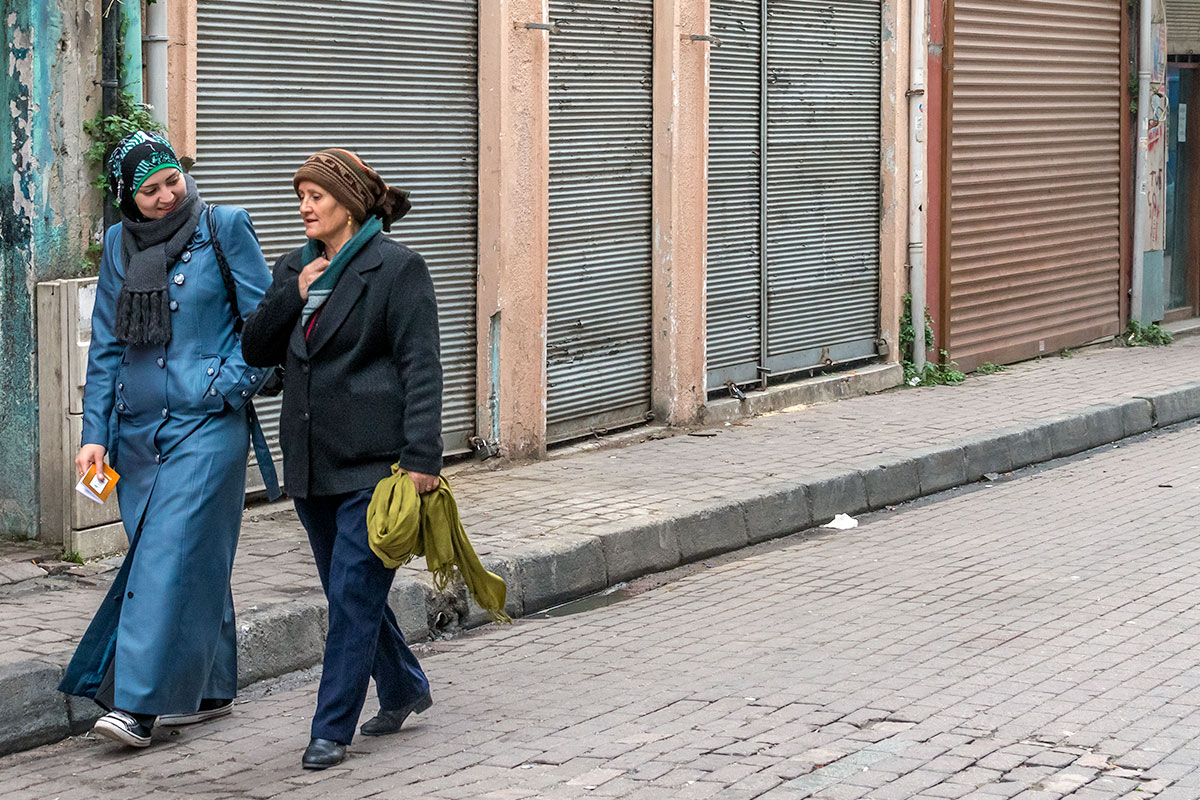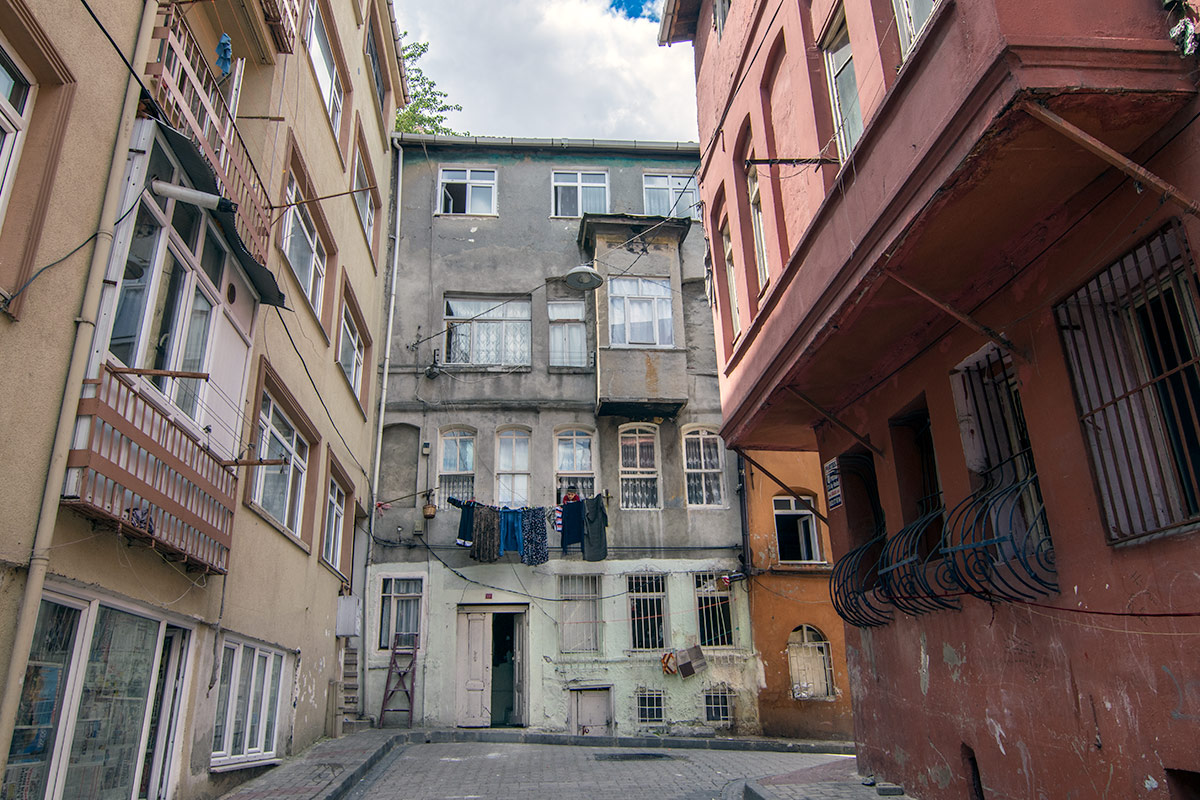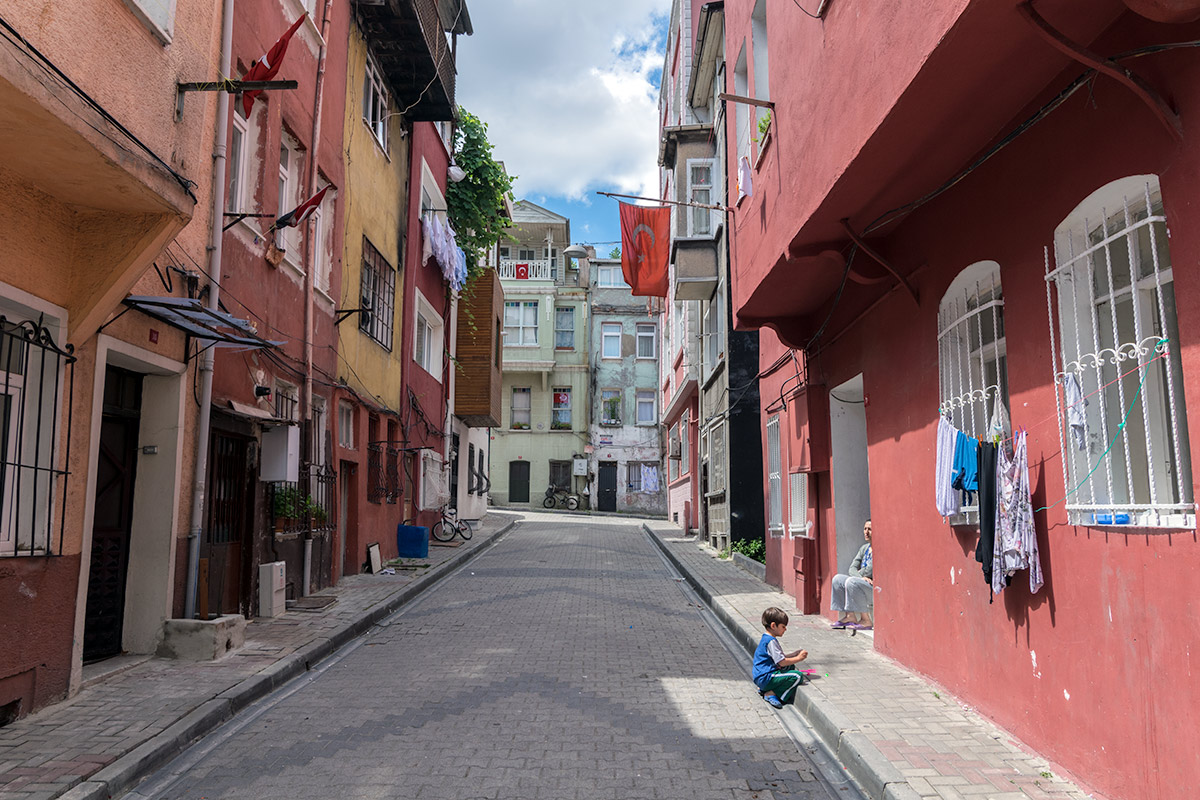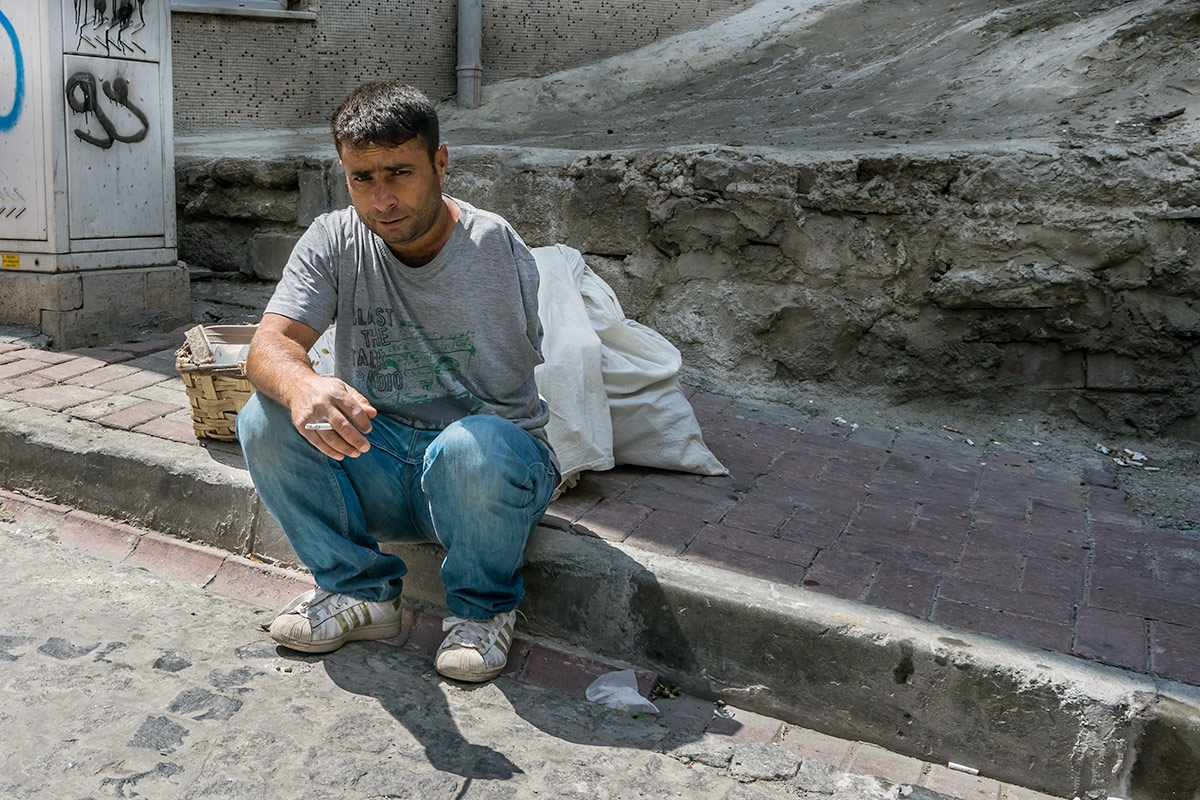Fener is two miles north along the Golden Horn from Eminönü within the district of Fatih in Istanbul, Turkey. The narrow streets in the area are full of historic crumbling buildings, wooden mansions, churches, and synagogues dating from the Byzantine and Ottoman eras, kids play in the streets, and traces of Jewish, Armenian, and Orthodox communities still stand. Their picturesque facades were largely destroyed due to street widening requirements in the 1930s and later.
Fener is derived from "Fanari," a Greek word (φανάριον) meaning lantern - it means lighthouse in Turkish. After the Fall of Constantinople in 1453, the Fener district became home to many of the Greeks in the city, the Patriarchate of Constantinople moved to the area as well and is still located there. As a result, "Phanar(i)" is often used as shorthand for the Ecumenical Patriarchate.
The Ecumenical Patriarchate of Constantinople is the Greek Orthodox equivalent of St. Peter’s in Rome, moved into the modest Church of St. George in the late 16th century and still runs services. The area of Fener has been announced as renewal site by UNESCO in 2006 and the mission is to regenerate the historical residential units, to promote the area as a historical reincarnation and to preserve socio-cultural identities.
The socio-economic revitalization and transformation of the Fener neighbourhood brought gentrification. In many cases, the lower-income residents who originally lived in these districts had to move out because they could no longer afford to live there and a handful of trendy coffee shops are starting to appear, especially noticeable around the area bordering the Golden Horn.
